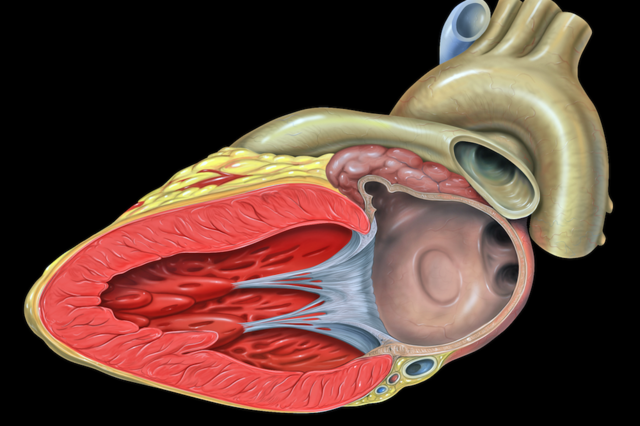
For the first time lab grown human heart tissue beats on its own
In the aftermath of a heart attack, cells within the region most affected shut down. They stop beating. And they become entombed in scar tissue. But now, scientists at the Gladstone Institutes have demonstrated that this damage need not be permanent -- by finding a way to transform the class of cells that form human scar tissue into those that closely resemble beating heart cells.
Last year, these scientists transformed scar-forming heart cells, part of a class of cells known as fibroblasts, into beating heart-muscle cells in live mice. And in the latest issue of Stem Cell Reports, researchers in the laboratory of Gladstone Cardiovascular and Stem Cell Research Director Deepak Srivastava, MD, reveal that they have done the same to human cells in a petri dish.
"Fibroblasts make up about 50% of all cells in the heart and therefore represent a vast pool of cells that could one day be harnessed and reprogrammed to create new muscle," said Dr. Srivastava, who is also a professor at the University of California, San Francisco, with which Gladstone is affiliated. "Our findings here serve as a proof of concept that human fibroblasts can be reprogrammed successfully into beating heart cells."
In 2012, Dr. Srivastava and his team reported in the journalNature that fibroblasts could be reprogrammed into beating heart cells by injecting just three genes, together known as GMT, into the hearts of live mice that had been damaged by a heart attack. They reasoned that the same three genes could have the same effect on human cells. But initial experiments on human fibroblasts from three sources -- fetal heart cells, embryonic stem cells and neonatal skin cells -- revealed that the GMT combination alone was not sufficient.
"When we injected GMT into each of the three types of human fibroblasts, nothing happened -- they never transformed -- so we went back to the drawing board to look for additional genes that would help initiate the transformation," said Gladstone Staff Scientist Ji-dong Fu, PhD, the study's lead author. "We narrowed our search to just 16 potential genes, which we then screened alongside GMT, in the hopes that we could find the right combination."
No comments:
Post a Comment